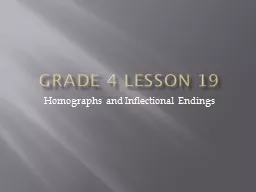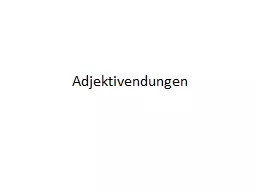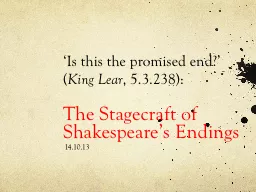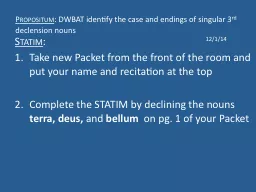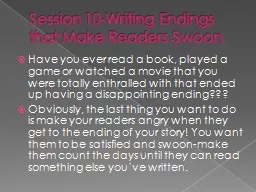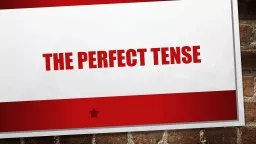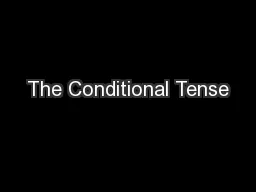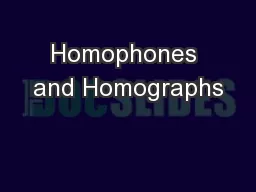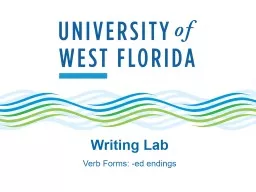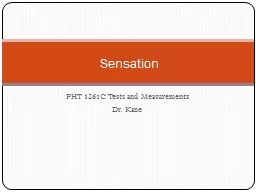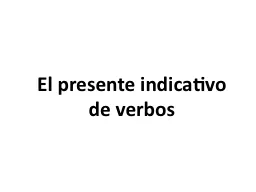PPT-Grade 4 lesson 19 Homographs and Inflectional Endings
Author : calandra-battersby | Published Date : 2018-03-16
HOMOGRAPHS Homographs are words which have the SAME spelling homo samegraph write or draw Homograph words can be pronounced at least two different waysand they
Presentation Embed Code
Download Presentation
Download Presentation The PPT/PDF document "Grade 4 lesson 19 Homographs and Inflect..." is the property of its rightful owner. Permission is granted to download and print the materials on this website for personal, non-commercial use only, and to display it on your personal computer provided you do not modify the materials and that you retain all copyright notices contained in the materials. By downloading content from our website, you accept the terms of this agreement.
Grade 4 lesson 19 Homographs and Inflectional Endings: Transcript
Download Rules Of Document
"Grade 4 lesson 19 Homographs and Inflectional Endings"The content belongs to its owner. You may download and print it for personal use, without modification, and keep all copyright notices. By downloading, you agree to these terms.
Related Documents

